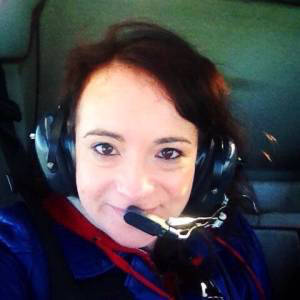SWAN SONG
What do Beyonce, Starsky and Hutch and Zeus the greek god all have in common? They are all nicknames of Black Swans at Leeds Castle where I work. At lunchtime today I took a stroll with James the Wildlife Warden over to the Great Water to see if I could spot all 15 of the Black Swans that reside there.
Black Swans are native to Australia and were first discovered in the late 1600s by a Dutch explorer. They came to Europe shortly afterwards. Lady Baillie, the last private owner of Leeds Castle, was a lover of birds and imported Black Swans from Australia in the 1930s. With the exception of the second world war, Black Swans have remained at Leeds Castle ever since.
There are currently 26 Black Swans around the Estate with a couple of breeding pairs. Last year my colleague James hand reared three cygnets that had been rejected by their mother. It was lovely to see them ‘all grown up’ today swimming on the lake. They are still smaller than the older adults with the males weighing around 6kg and the female 5kg. They have orange bills compared to the red bills on the older swans and beautiful black plumage and white wing feathers.
It is not known exactly how many Black Swans are in the UK although it is thought there may be around 100 in the wild, although it is not recorded officially. Black Swans have been long associated with Leeds Castle, the town of Dawlish in Devon and have been seen at Chartwell House, Churchill’s former home, near Sevenoaks and along the Thames in Berkshire.
What I love so much about the Black Swans is not just their beauty and almost ‘regal’ poise but their very distinctive call, which is a musical and far reaching bugle-like sound, called either on the water or in flight, as well as a range of softer crooning notes. I feel so privileged to be able to see these beautiful creatures every day at work and to hear their call is something very special.
- 3
- 1
- Apple iPhone 5s
- f/2.2
- 4mm
- 40

Comments
Sign in or get an account to comment.


